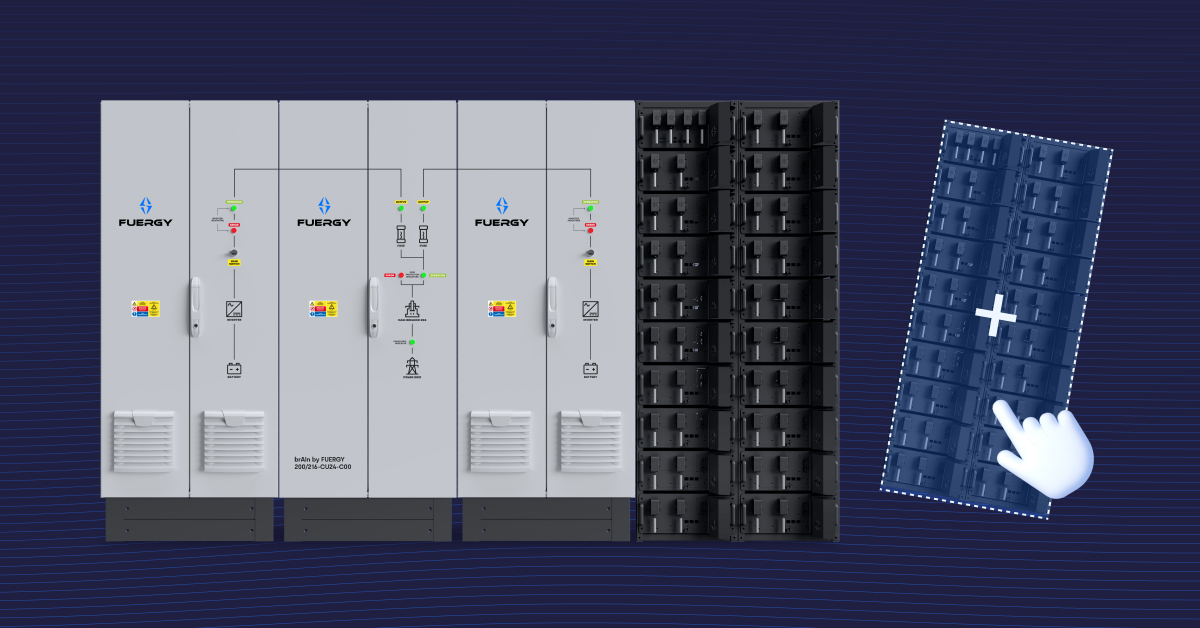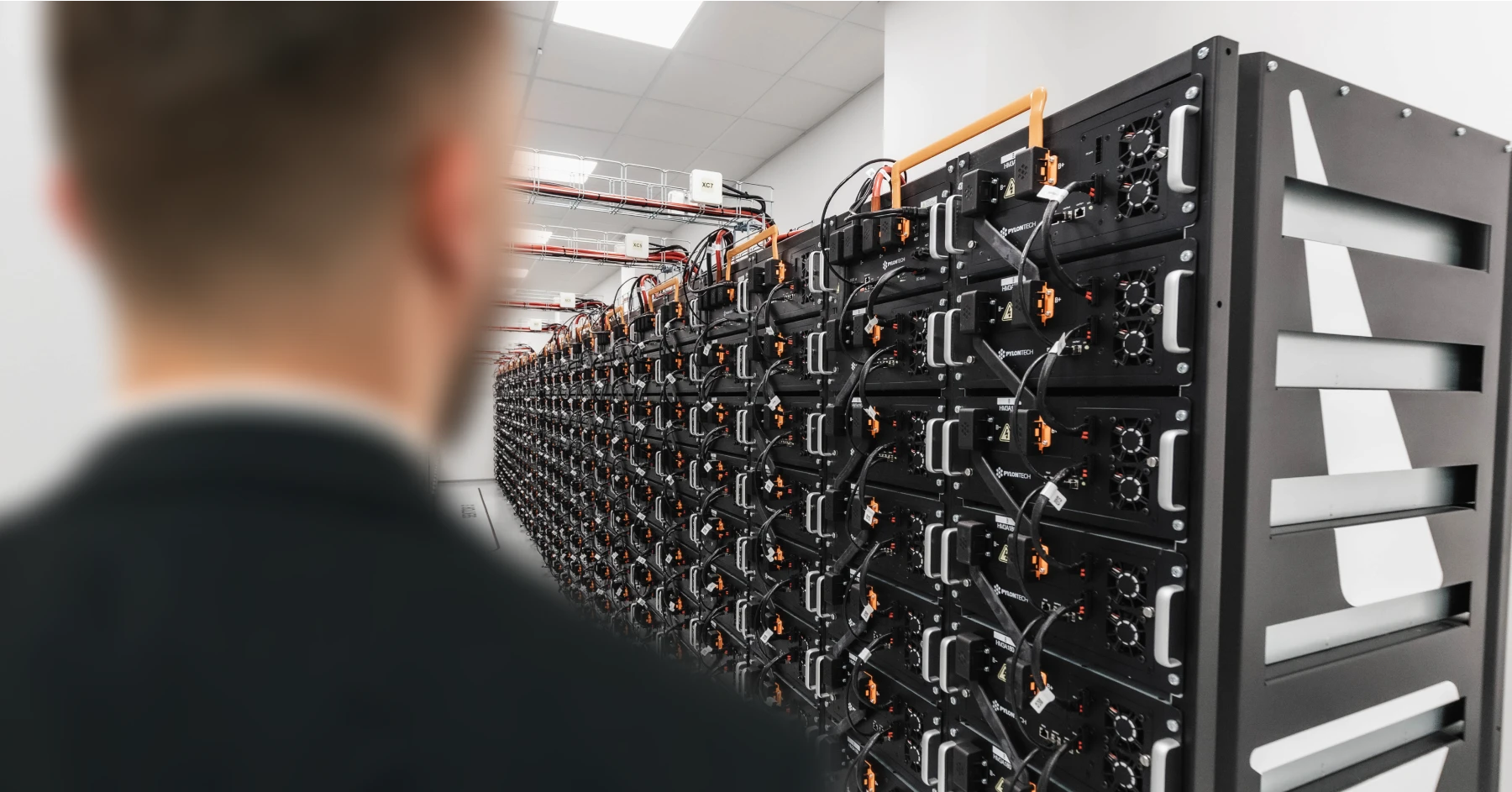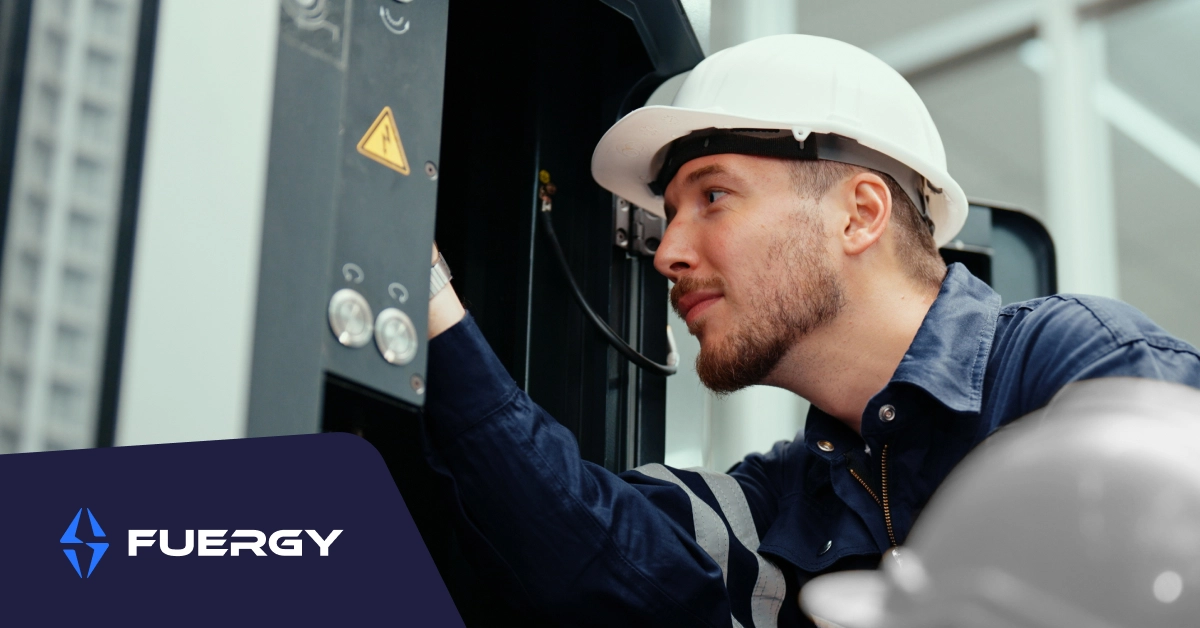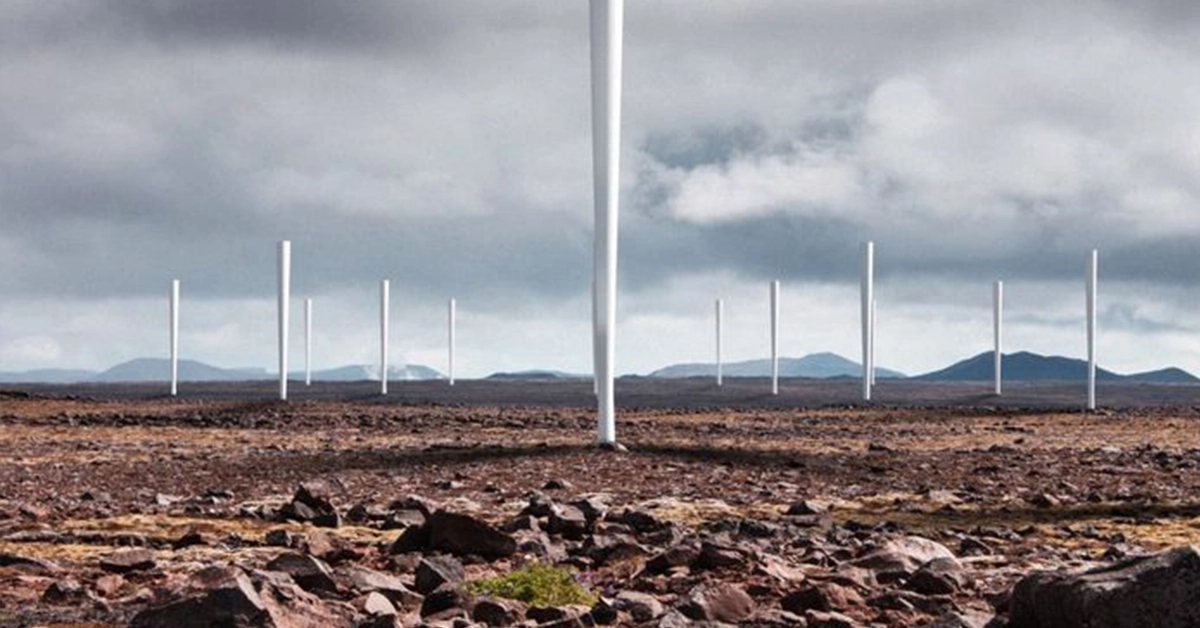
Wind energy generation has made significant strides since the first windmills were built some 5000 years ago. Humankind keeps discovering new and exciting ways of converting the wind’s kinetic energy into usable energy for our tasks. The 20th century was largely defined by the wind turbine; devices with rotors that caught the power of the wind, either on a vertical or horizontal axis and converted it into usable electric energy.
Today, wind energy is best represented by the tri-bladed horizontal-axis wind turbine (HAWT). It is the classic, ubiquitous wind energy generator. The trend for HAWTs is to build them bigger and closer to the ocean (or even in deep ocean waters). One example of this is the Haliade X-12, a massive turbine that is twice as tall as the Statue of Liberty. Size matters; larger blades are more resistant to fluctuations in wind strength. However, HAWTs do not have to necessarily represent the future of wind energy. There have been some interesting concepts that have even abandoned the entire concept of the tri-bladed HAWT.
There are concepts that don’t even use any blades at all: Vortex Bladeless is a unique wind energy generator that stands vertically, an uneven tubular shape that makes use of an effect known as vorticity. It consists of an elongated cone made from a composite of fiberglass and carbon fiber, which allows the mast to vibrate as much as possible (an increase in mass reduces natural frequency). At the base of the cone are two rings of repelling magnets, which act as a sort of nonelectrical motor. When the cone oscillates one way, the repelling magnets pull it in the other direction, like a slight nudge to boost the mast’s movement regardless of wind speed. This kinetic energy is then converted into electricity via an alternator that multiplies the frequency of the mast's oscillation to improve the energy-gathering efficiency. It is still very much a prototype, but it presents a number of advantages: less noise pollution, less visual impact and cheaper building costs (compared to HAWTs of similar energy output).
Airborne wind turbines sound like an idea out of a sci-fi novel; a seemingly levitating air turbine, supported by the very force that it harnesses for energy. On paper, it sounds ridiculous, but in reality, it is a smart concept as wind achieves much greater speeds at higher altitudes. HAWTs achieve these altitudes by constructing expensive and difficult-to-maintain towers. Airborne turbines avoid these expenses by utilizing the power of the wind to maintain their altitude.
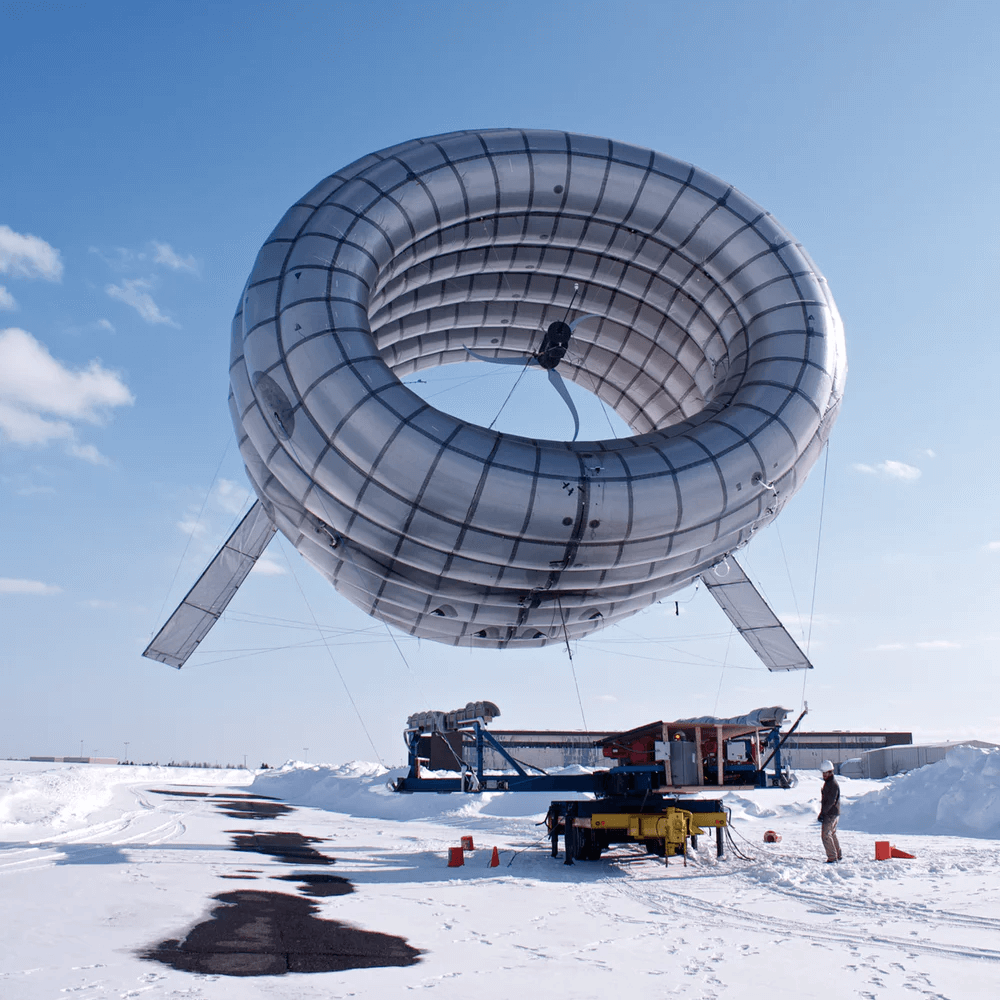
Kites-based turbines are similar to airborne turbines, but they generate green power by the periodic unwinding of the kite’s spool. The Kite flies in a figure-eight motion and the land-based accumulator stores potential energy from the spool unwinding, using it to power a generator.
Again, transmission poses some issues. Batteries are not an option due to their weight, which would prevent an airborne wind turbine from reaching sufficient altitudes. Cables are a possibility, but other options that engineers are exploring include beaming the energy through microwaves or lasers back onto receivers located on the ground.
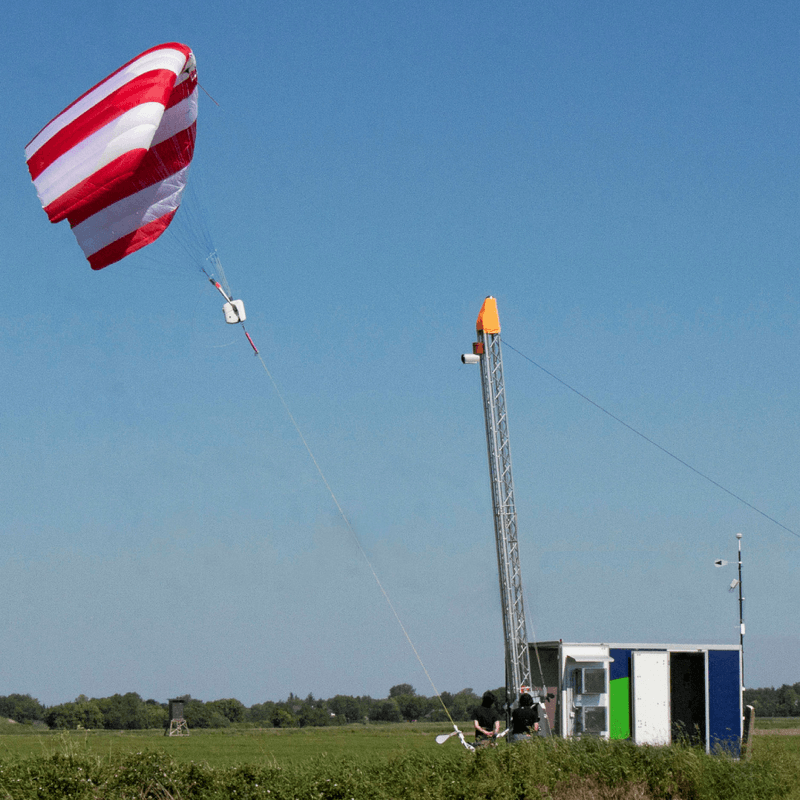
An interesting development in the field of wind energy is the electrohydrodynamic wind (EHD) turbine. These are also known as vaneless ion wind generators. The electric energy is generated by using the power of the wind to move charged particles of water across an electric field. This increases the potential energy of the particles, generating a charge. However, this form of wind generation is only in a prototypical phase, with several proof-of-concepts being built. It converts just 7% of potential kinetic energy into electric energy (compared to 30-45% for the latest wind turbines).
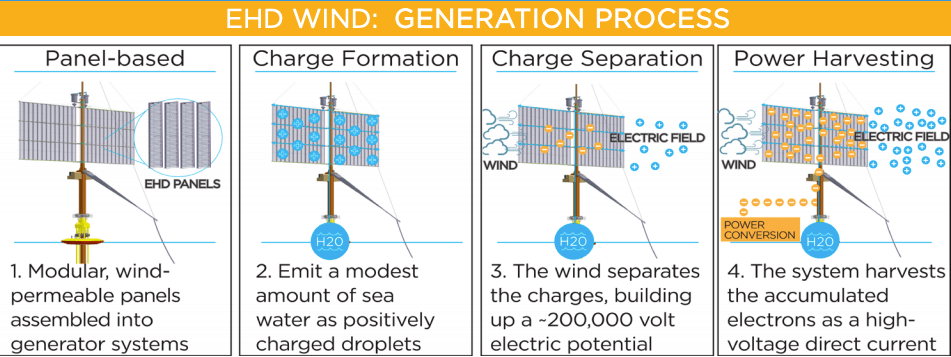
As you can see, wind power offers a number of opportunities both environmental and economical. At FUERGY, we are bridging the gap between those two aspects. If you are interested in topics like energy efficiency, renewables or energy decentralization, feel free to subscribe to our newsletter or follow us on social media.
We are living in the future of energy. Are you?
Sources
weforum.org/agenda/2018/03/giant-offshore-turbine-wind-energy-haliade-x
jteg.ncms.org/wp-content/uploads/2016/07/7-Accio-Energy-JTEG-slides-20160727-clean.pdf

